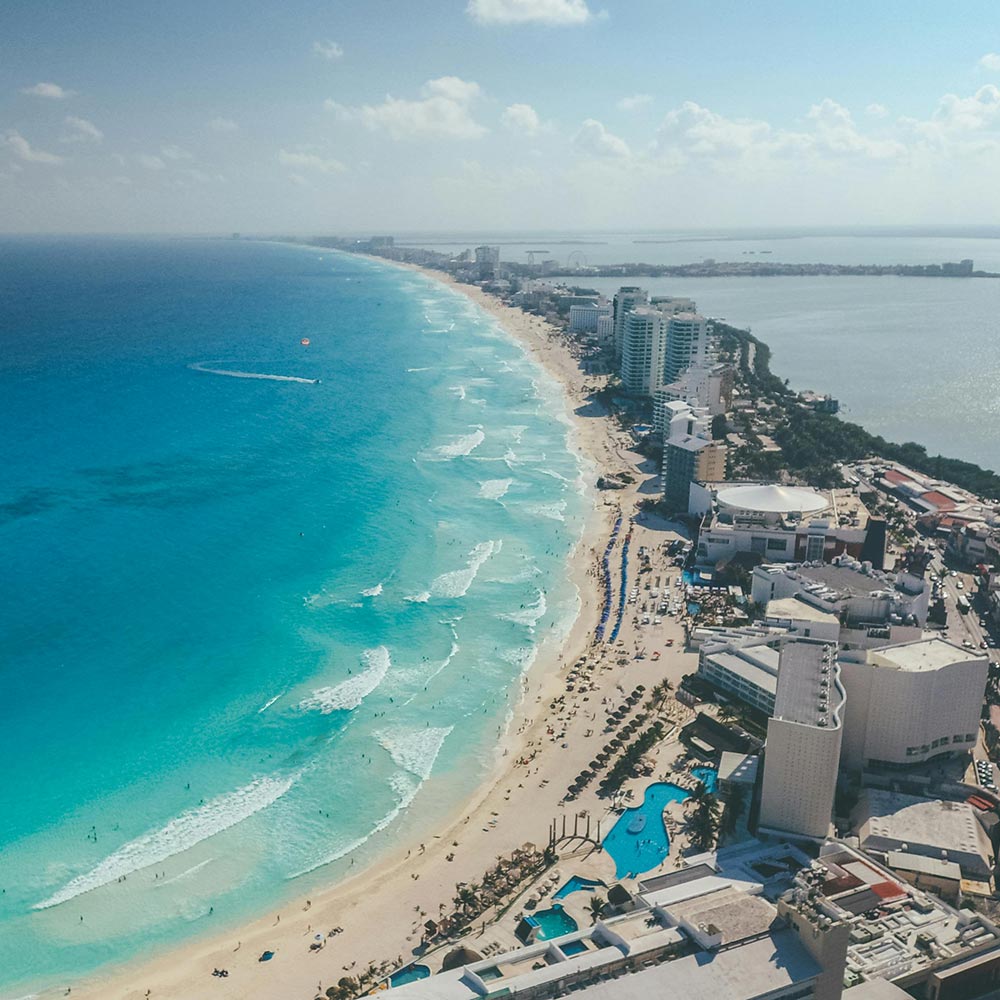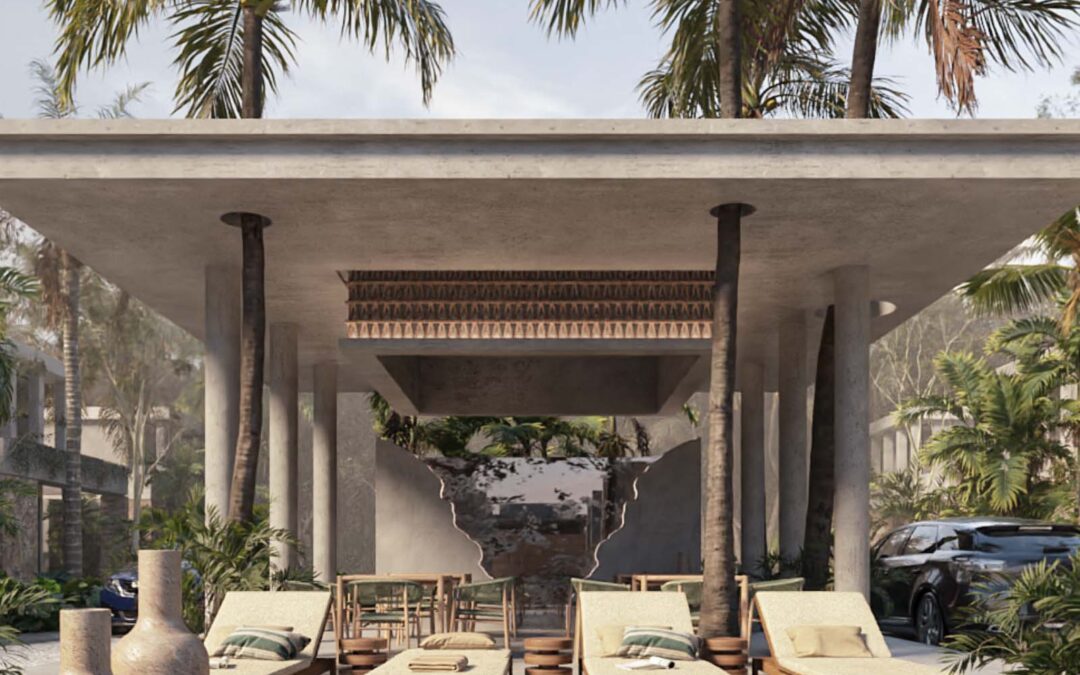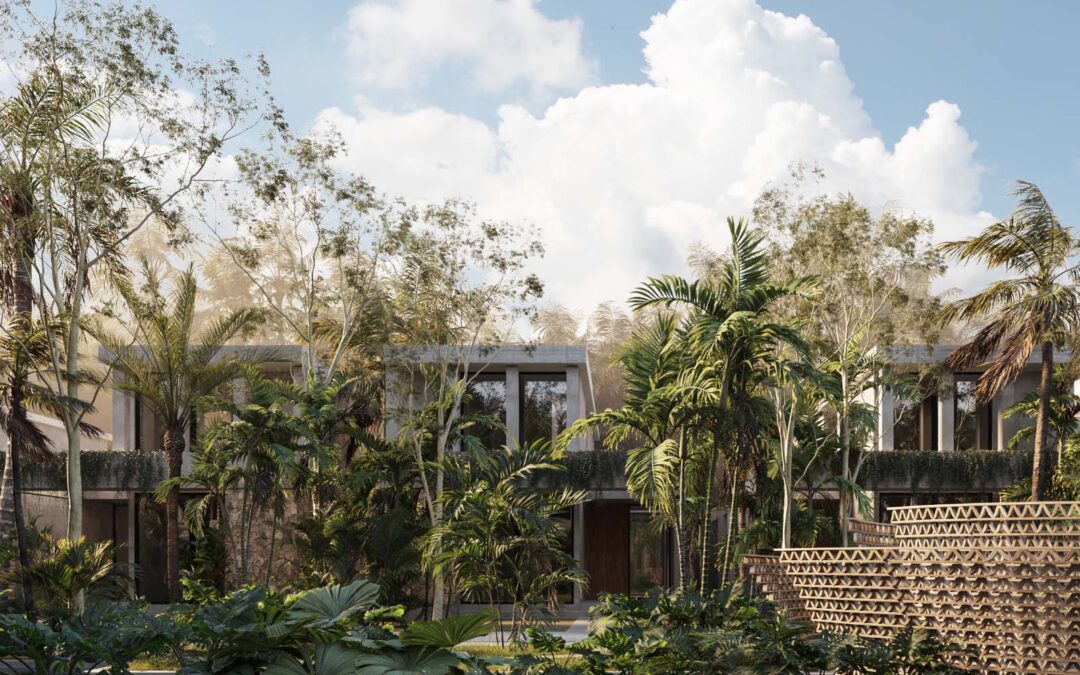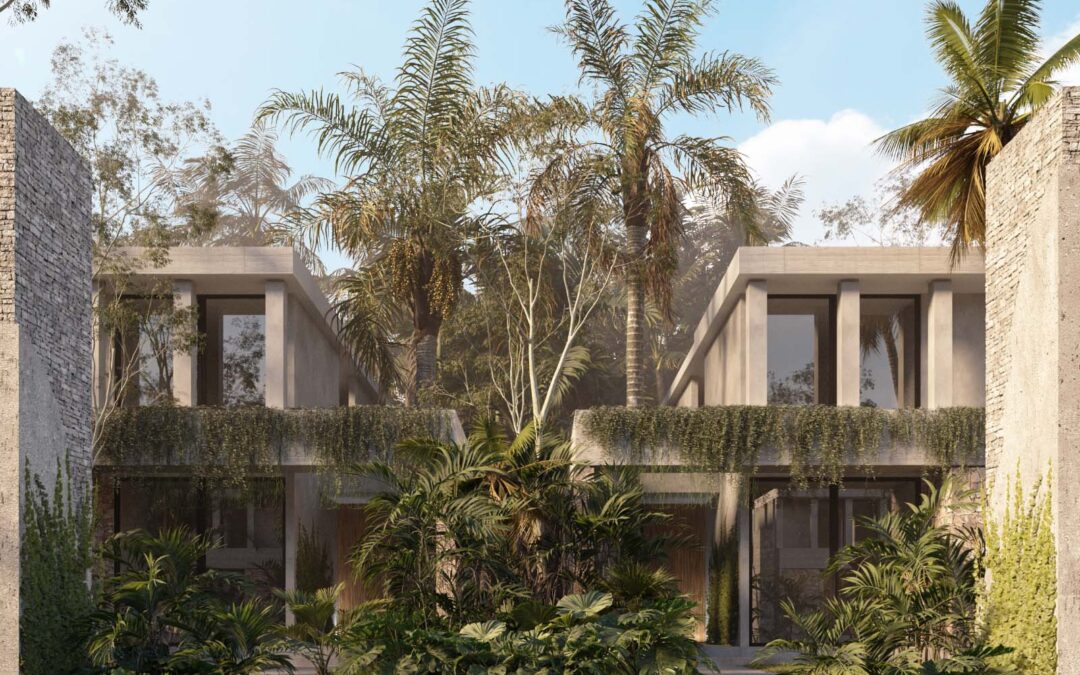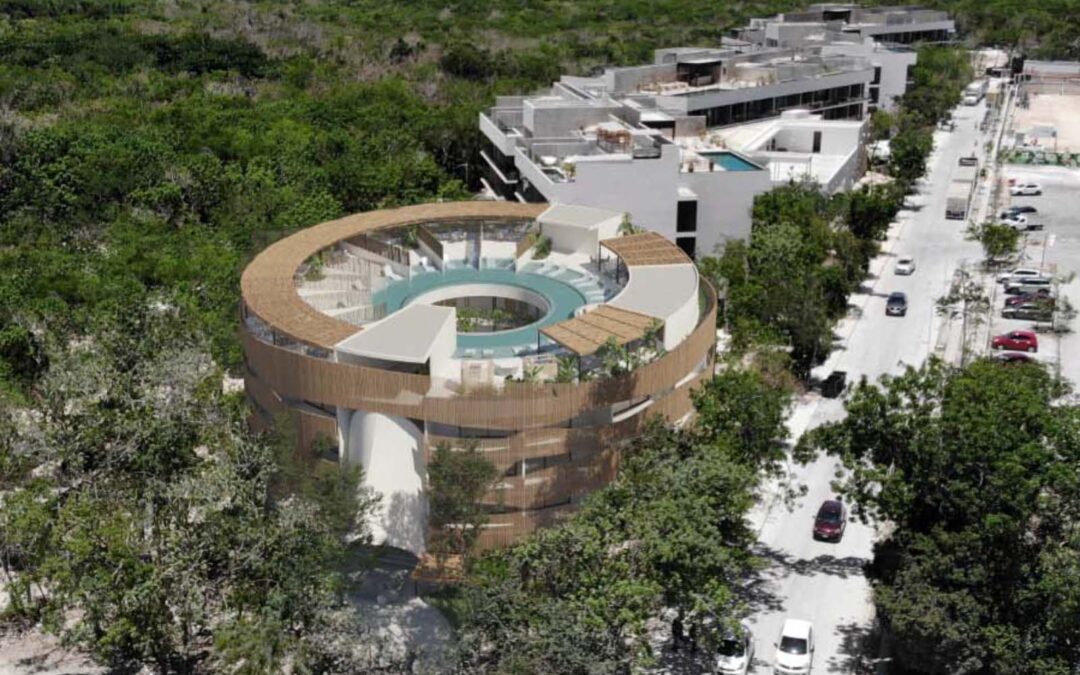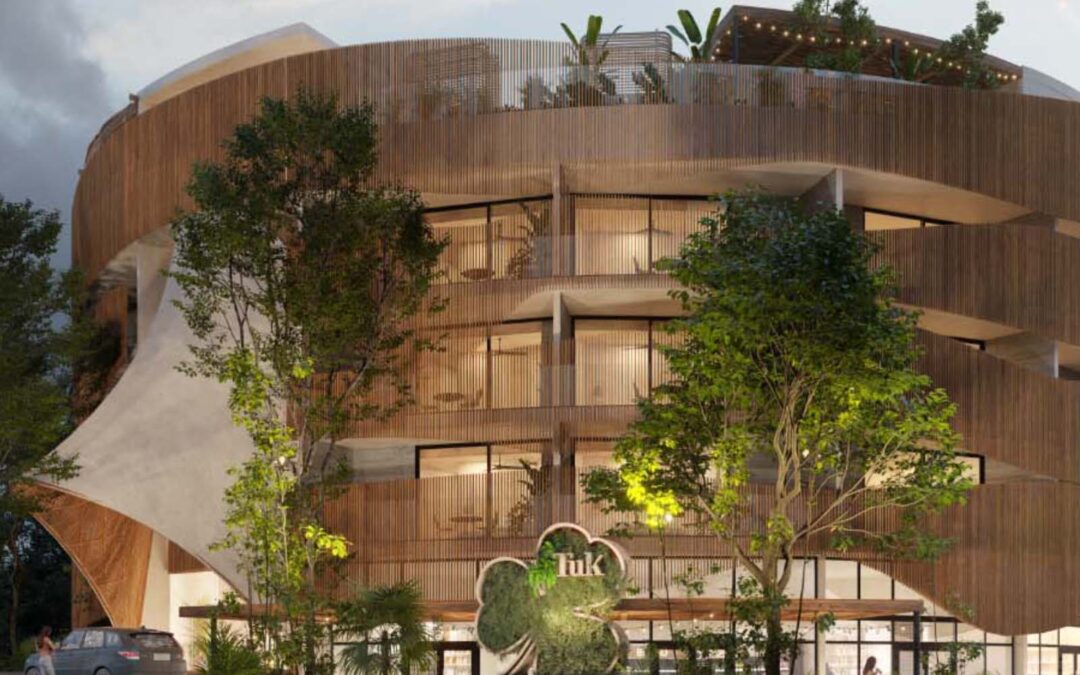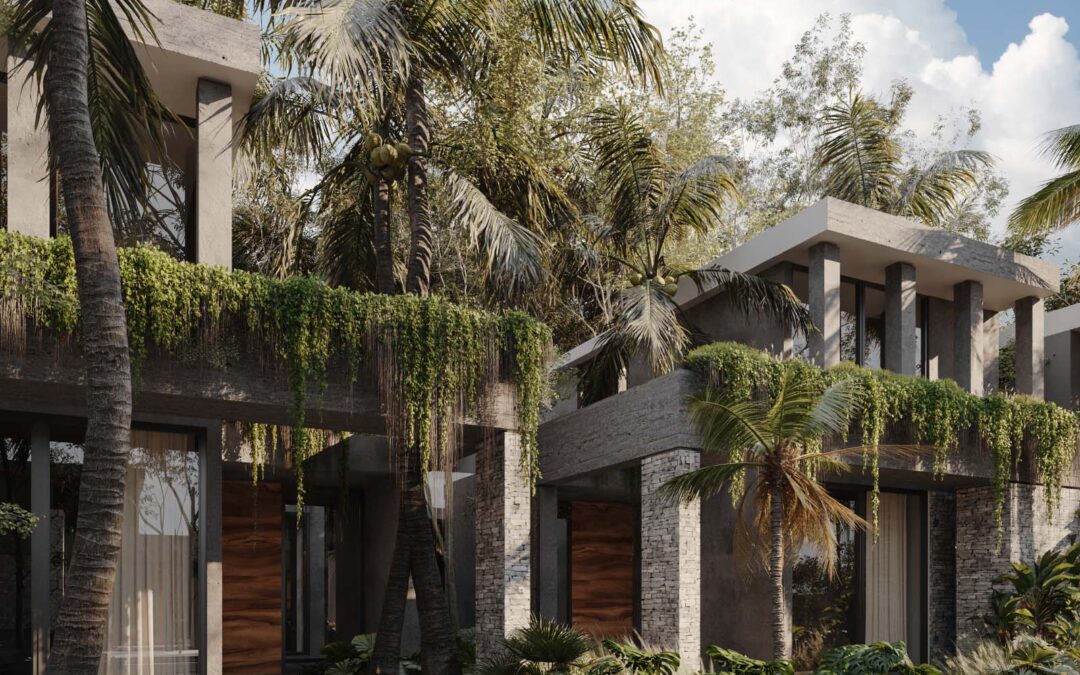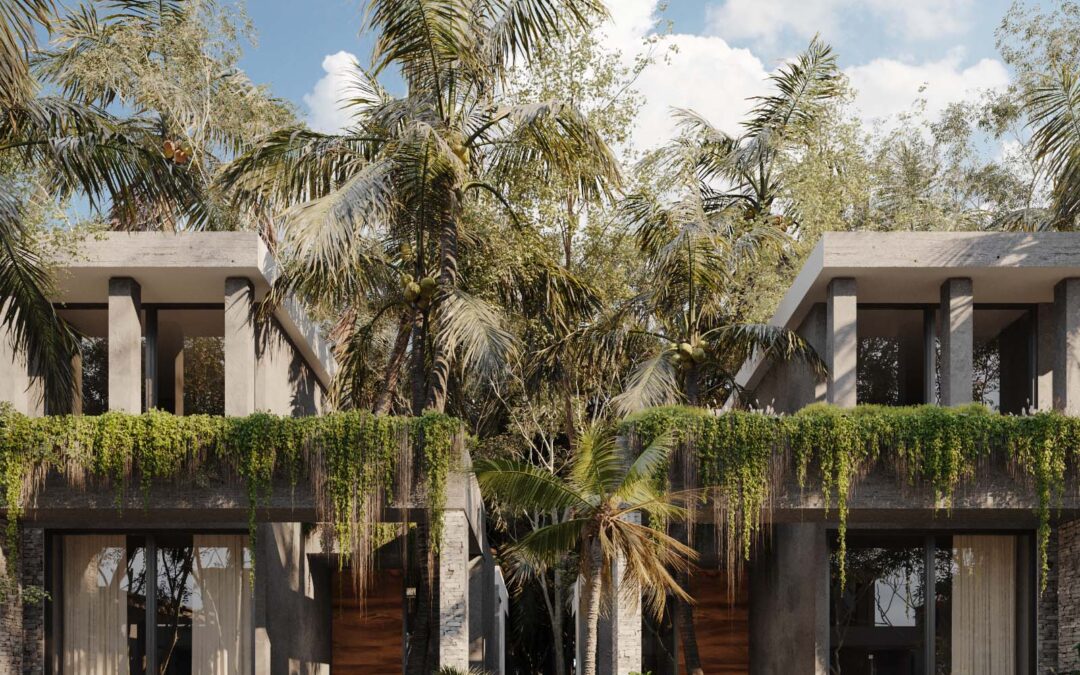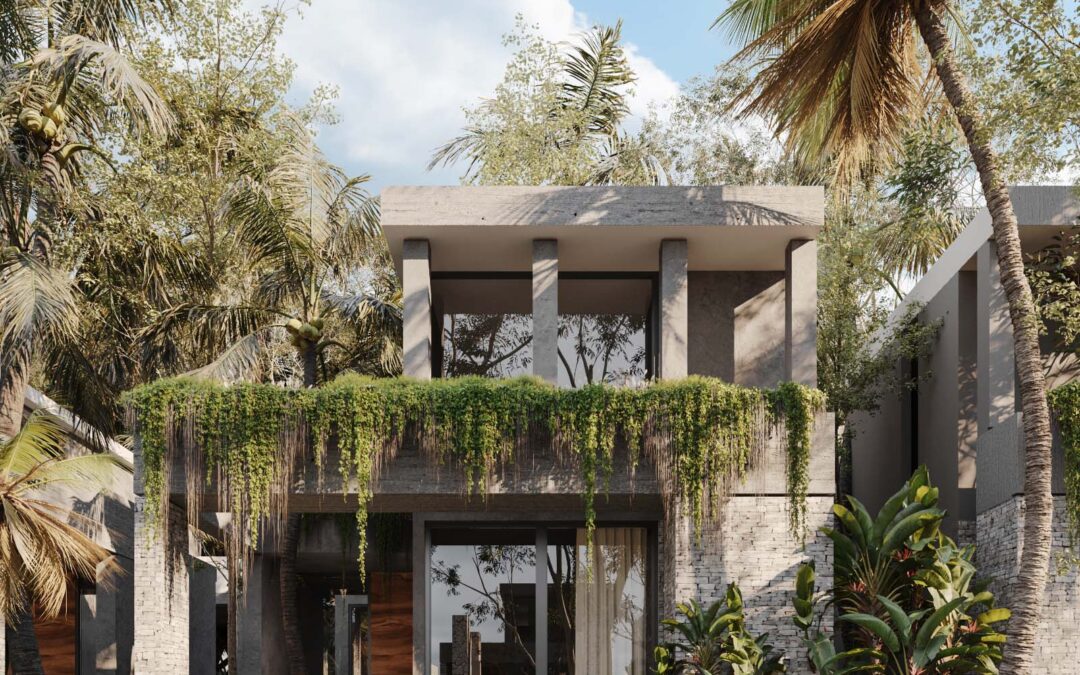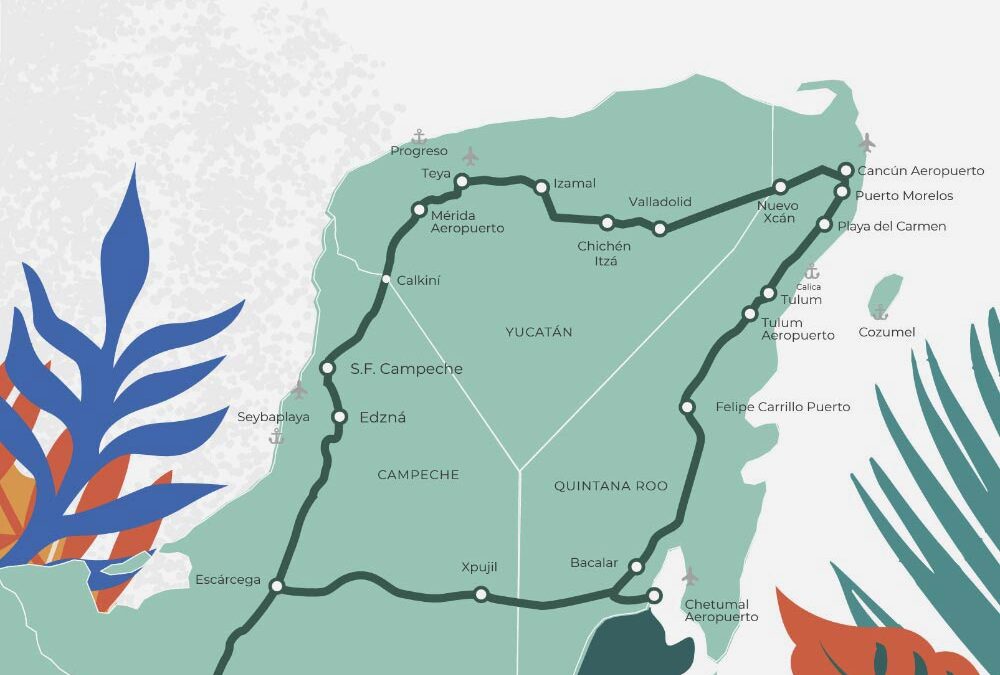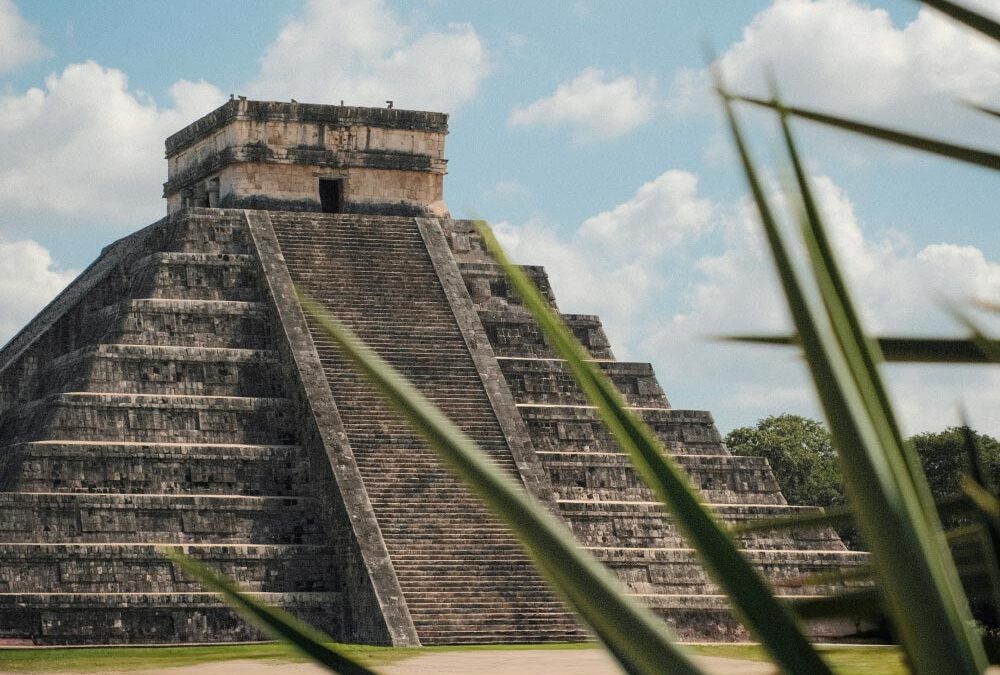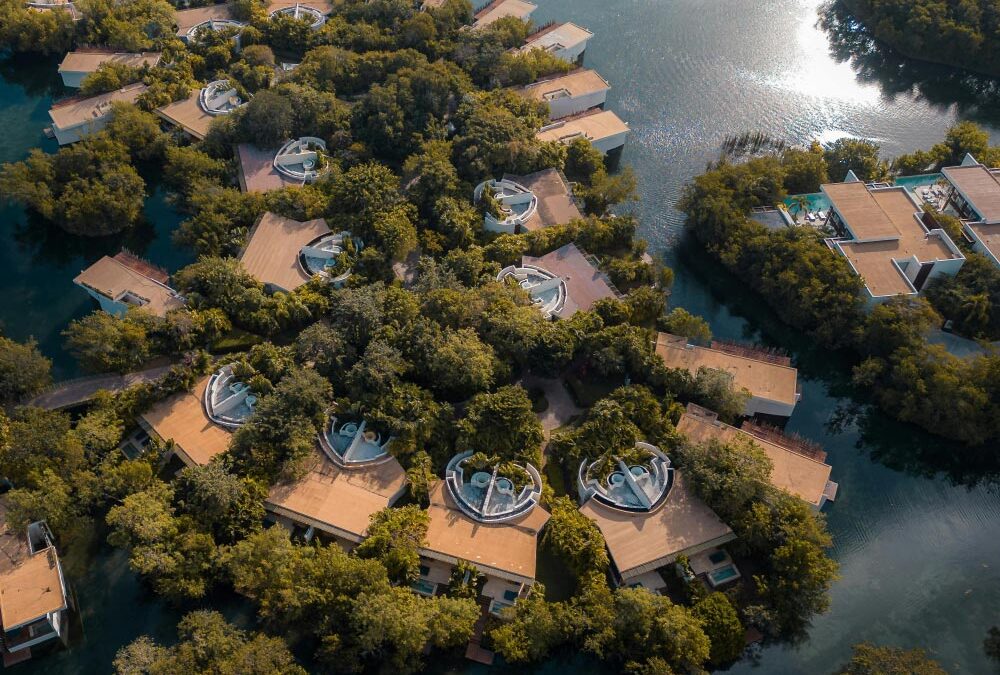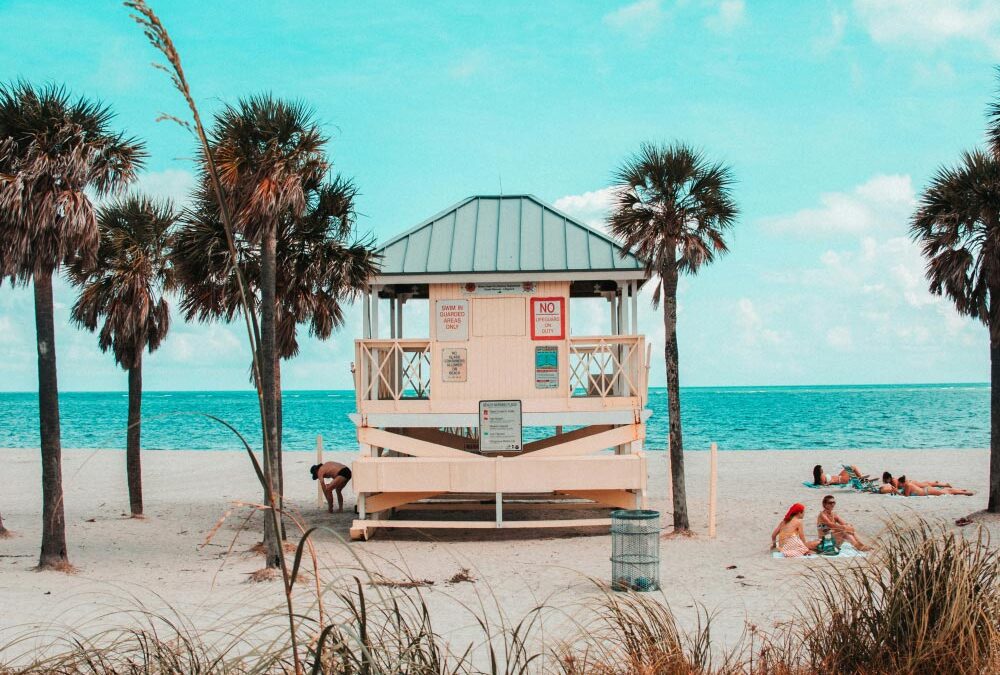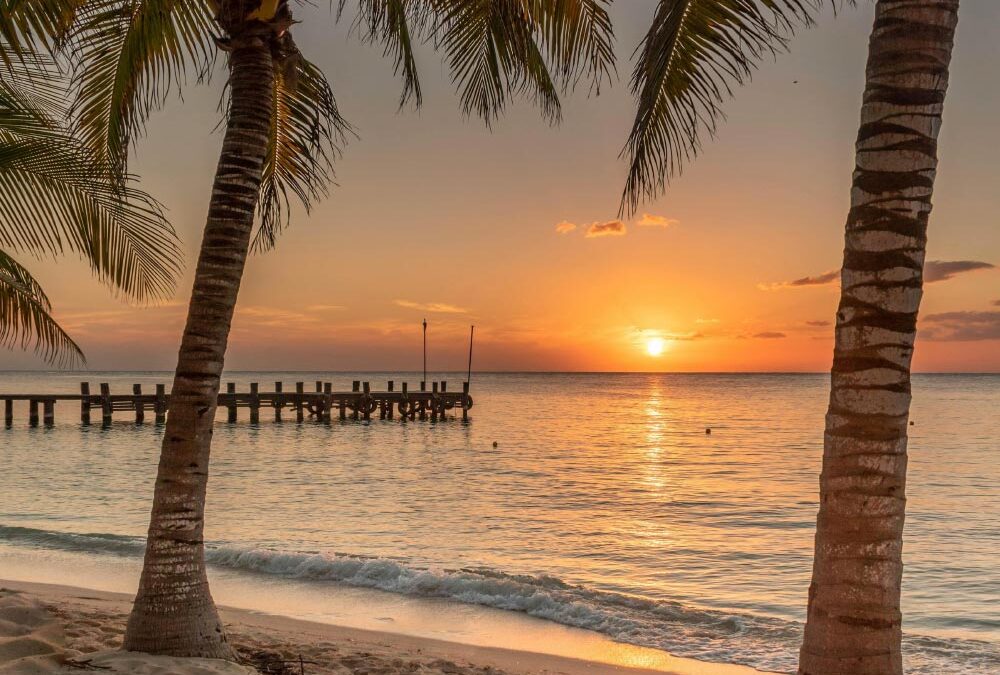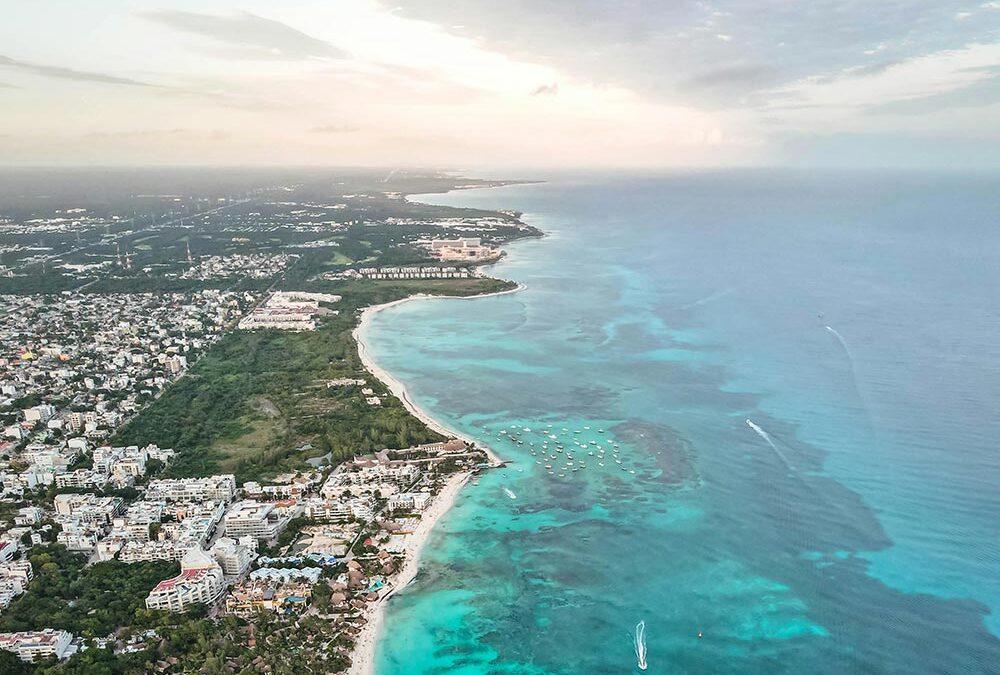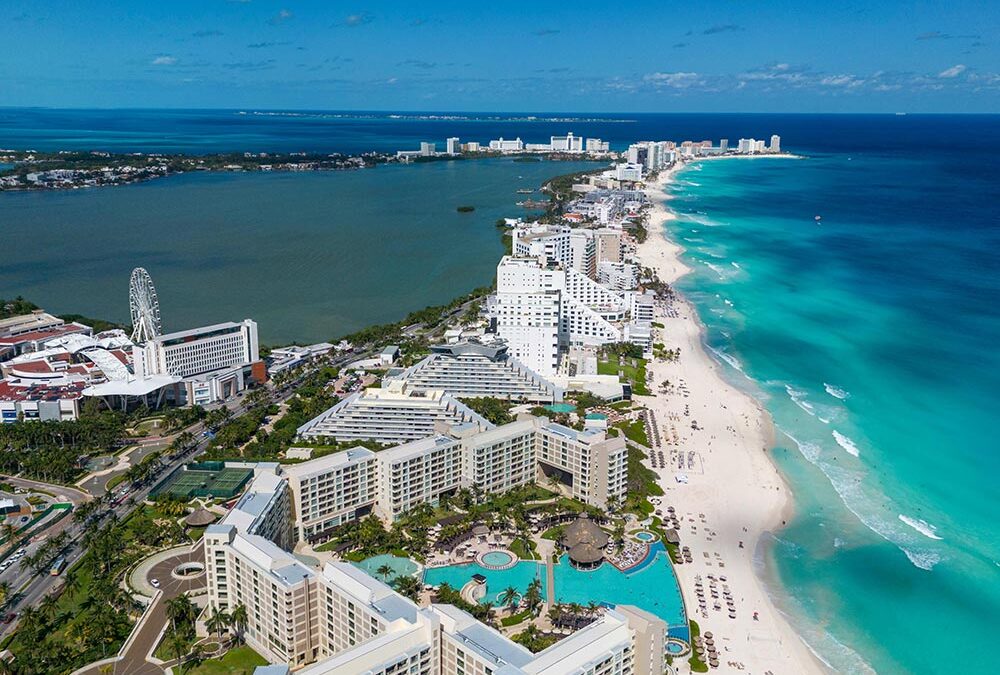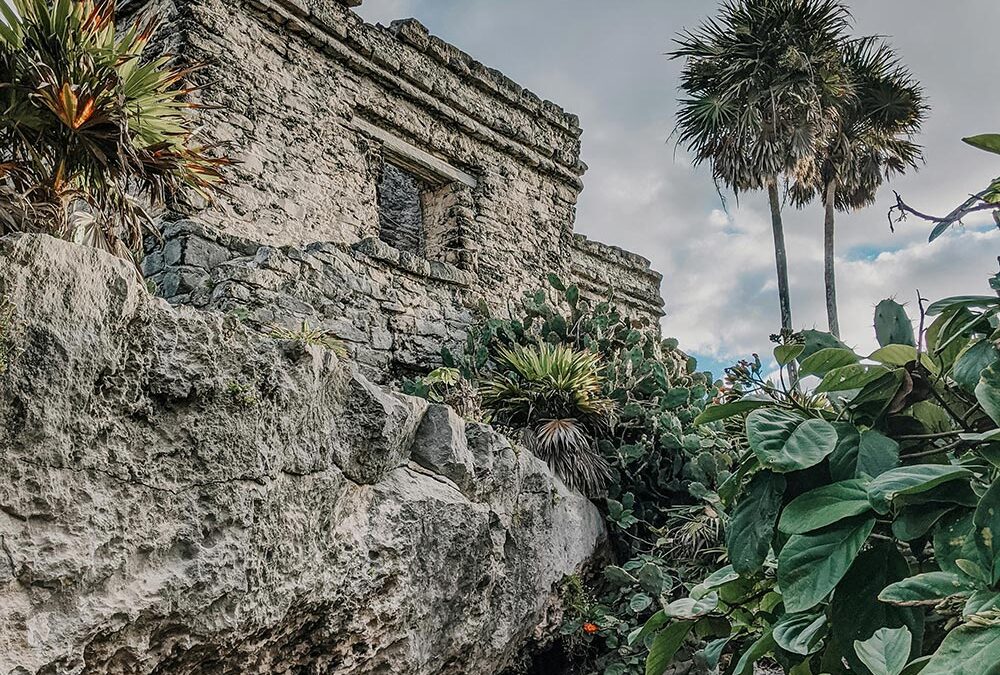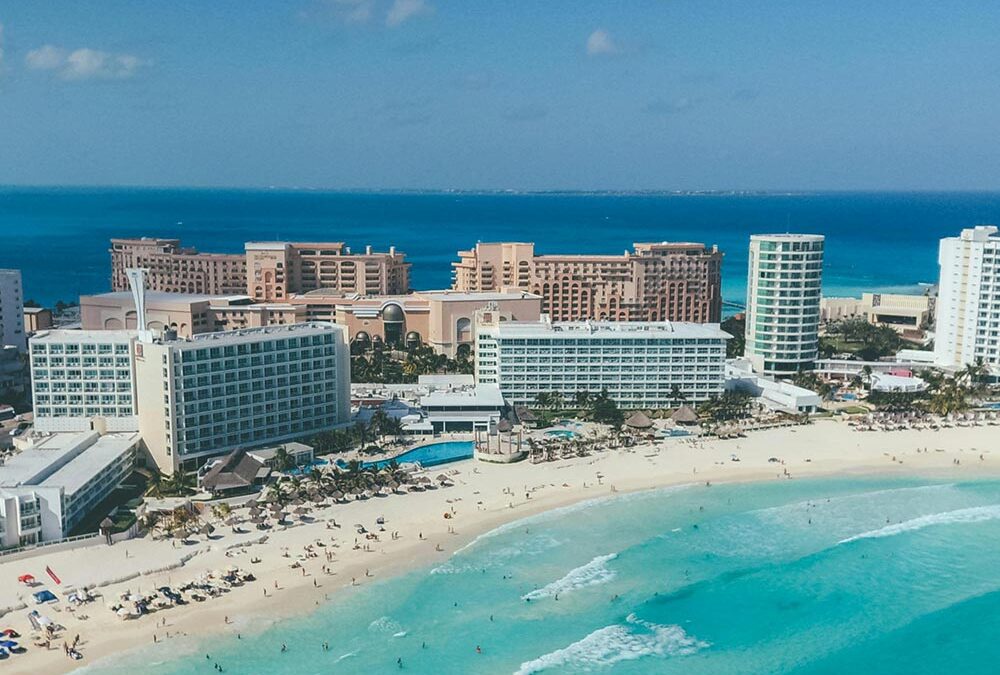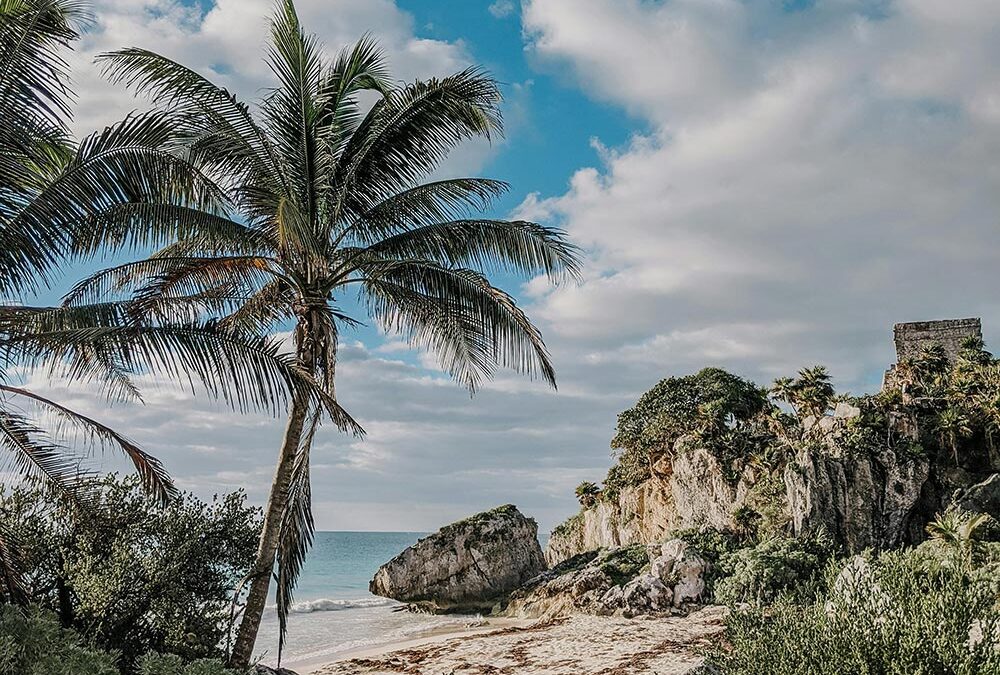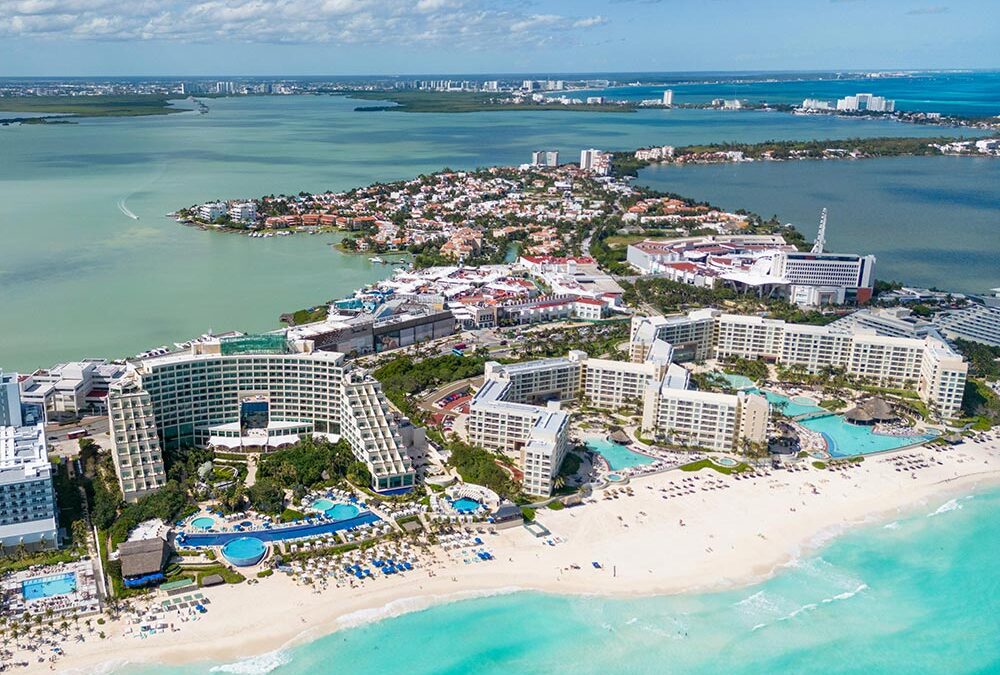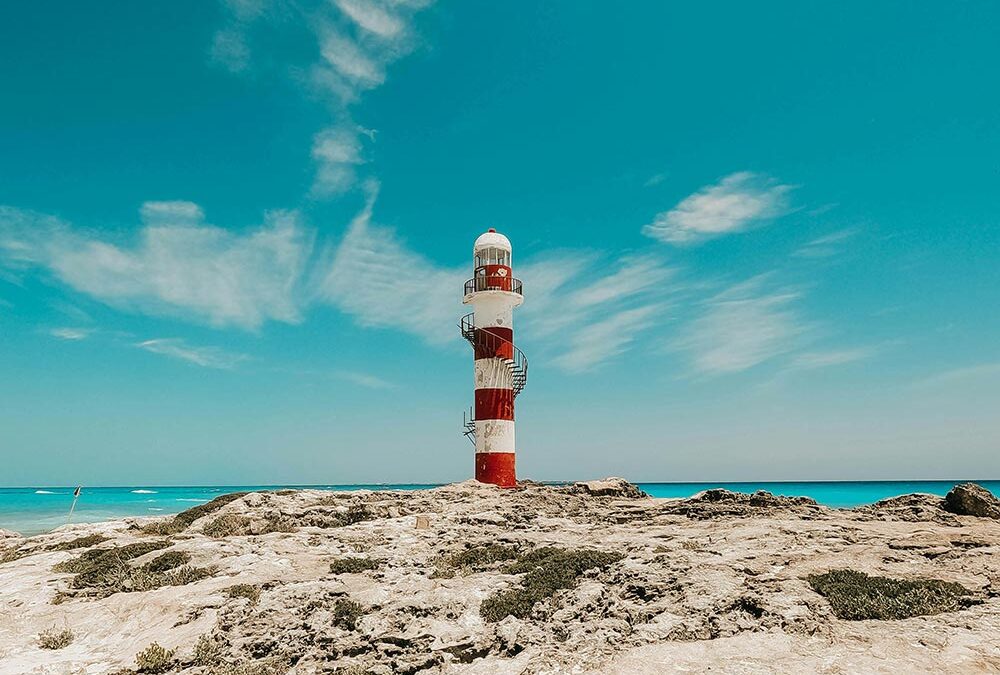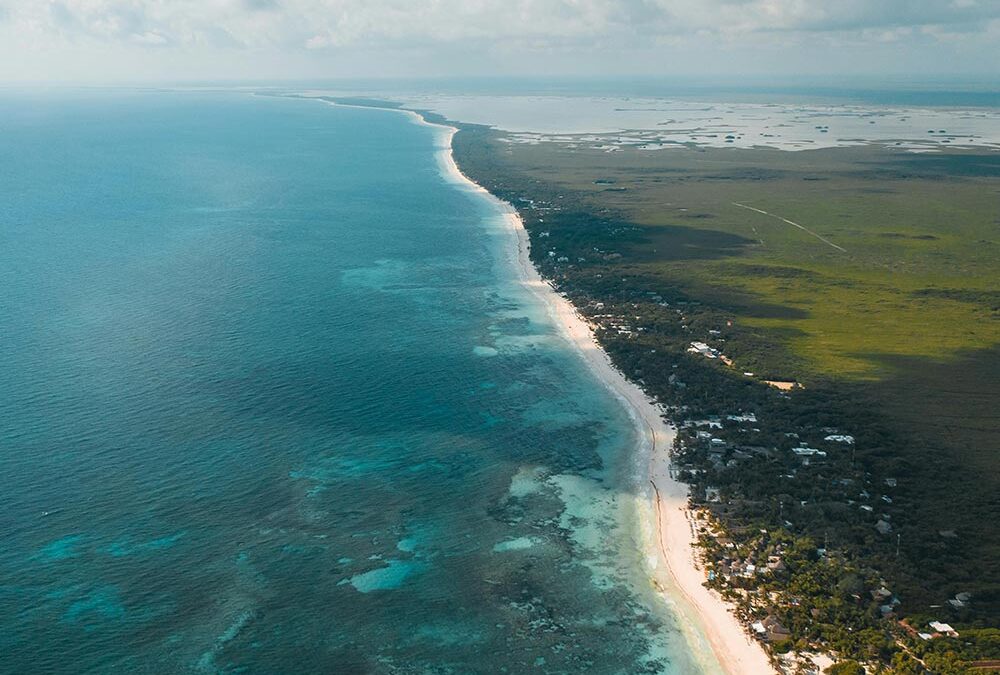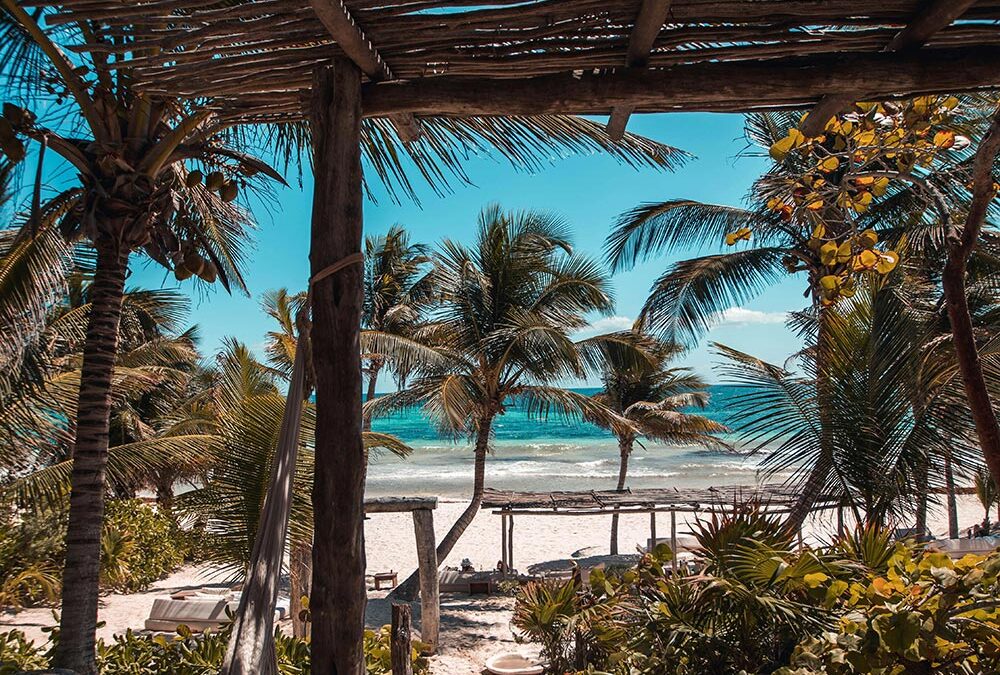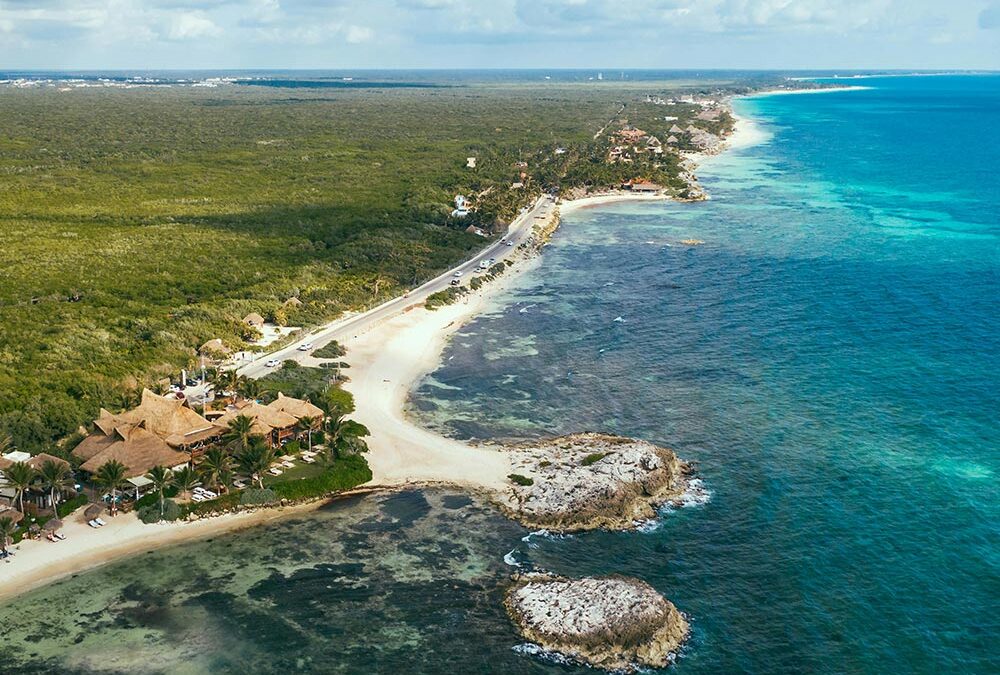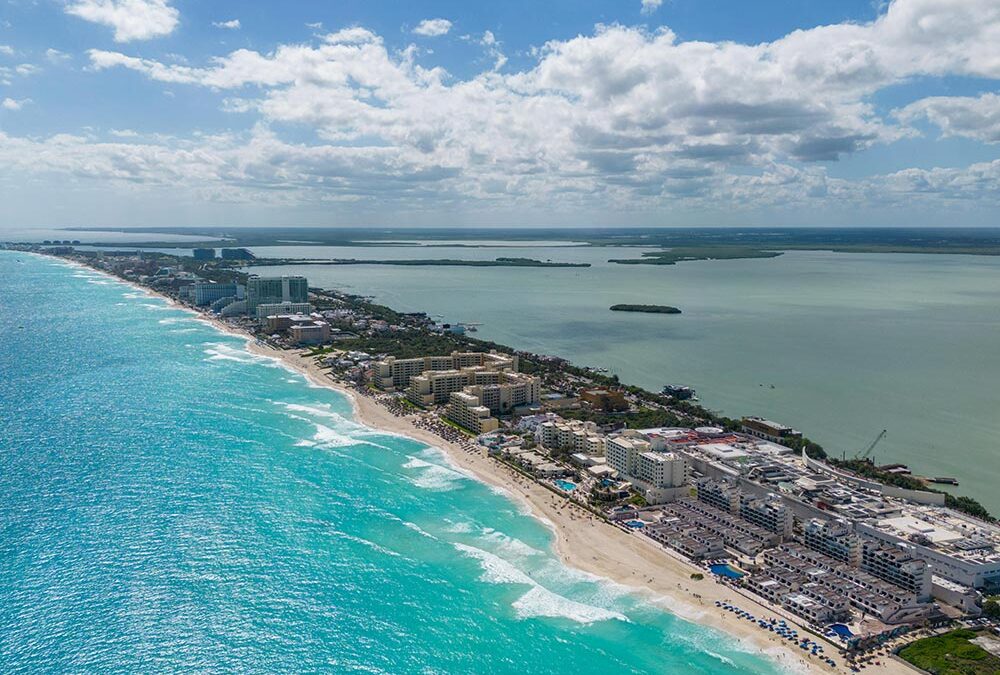When it comes to wealth-building, two assets stand out as timeless choices: real estate and gold. Both have served as symbols of prosperity and stability for centuries, each offering unique benefits to investors. Gold is often viewed as a “safe haven” asset, thriving in times of economic uncertainty and preserving purchasing power over long periods. Conversely, real estate has proven itself as a dynamic investment vehicle capable of generating substantial returns through appreciation, rental income, and tax advantages.
In this article, we’ll explore why real estate, especially in high-growth regions like the Riviera Maya, has become the go-to choice for investors seeking superior returns. The Riviera Maya, with its booming tourism industry, favorable property prices, and government support, represents one of the most lucrative real estate markets today. By comparing the key features of real estate and gold, we’ll uncover why modern investors are prioritizing tangible assets like Riviera Maya properties to maximize wealth and build sustainable portfolios.
Comparing Returns: Real Estate vs. Gold
Historical Performance
Gold has maintained its reputation as a “store of value,” particularly during times of economic distress. From the 2008 financial crisis to the COVID-19 pandemic, gold prices surged as investors sought refuge from volatile equity markets. Over the last decade, gold prices have increased by approximately 50%, equating to an average annual return of 4-5%. However, its lack of income generation limits its ability to create compounding returns, which is a cornerstone of wealth building.
Real estate, on the other hand, has historically provided stronger returns. Residential and commercial properties often appreciate at rates of 6-8% annually, and when combined with rental income, the total return on investment (ROI) can reach 10-12%. In high-growth markets like the Riviera Maya, returns often exceed 15%, driven by strong demand for vacation rentals and a rapidly developing infrastructure. These higher returns make real estate a more compelling option for long-term investors.
Capital Gains and Passive Income
One of the most significant distinctions between real estate and gold is the ability to generate passive income. Gold investments depend entirely on price appreciation and are vulnerable to long periods of stagnation or decline, such as the period from 2011 to 2018, when gold prices fell by nearly 35%. Additionally, gold storage costs, insurance, and taxes can erode gains over time.
Real estate provides dual benefits: capital gains from appreciation and recurring income from rentals. For example, a property in the Riviera Maya rented out on platforms like Airbnb can generate consistent cash flow, with rental yields ranging from 5-8% annually. Over time, the combination of rental income and appreciation creates a compounding effect, significantly amplifying overall returns.
- Gold: Relies solely on price appreciation and lacks income-generating potential.
- Real Estate: Combines steady rental income (5-8% annually) with capital appreciation (7-10% or higher in hot markets).
The Benefits of Investing in Riviera Maya Real Estate
High Demand from Tourism
The Riviera Maya is one of the most visited destinations in Mexico, attracting over 12 million tourists annually, according to the Mexican Tourism Ministry. Known for its pristine beaches, vibrant culture, and world-class amenities, the region is a favorite among both domestic and international travelers. This high level of tourism creates a strong and consistent demand for short-term rental properties, allowing investors to achieve occupancy rates of 70-90% during peak seasons.
Properties in hotspots like Playa del Carmen and Tulum often command premium nightly rates, with average vacation rental prices ranging from $150 to $500 per night, depending on the property type and location. This demand makes Riviera Maya real estate a reliable source of income for investors seeking strong cash flow.
Favorable Government Policies
Mexico has implemented several policies to encourage foreign investment in its real estate market. One of the most attractive features is the availability of a “fideicomiso,” a bank trust that allows non-Mexican citizens to own property in restricted zones, such as beachfront areas. Additionally, Mexico’s tax policies are favorable to property owners, offering deductions for maintenance costs, mortgage interest, and depreciation. These incentives reduce the overall cost of ownership and enhance profitability for foreign investors.
Affordable Entry Points
Compared to real estate markets in the United States, Europe, or other popular destinations, the Riviera Maya offers a relatively low cost of entry. The average price for a two-bedroom condominium in Playa del Carmen ranges from $150,000 to $250,000, significantly lower than comparable properties in Miami or Barcelona. This affordability, combined with the region’s growth potential, creates a compelling investment opportunity for both seasoned and first-time investors.
Liquidity and Diversification: Which Asset Wins?
Liquidity Considerations
Gold’s primary advantage lies in its liquidity. As a globally recognized asset, gold can be quickly bought or sold in virtually any market, making it an excellent choice for investors needing immediate access to cash. However, this liquidity comes at a cost: gold’s returns are limited compared to real estate.
Real estate, while less liquid, offers significant advantages in wealth-building. Investors can leverage financing to acquire properties, use rental income to cover mortgage payments, and sell at a profit when the market appreciates. The trade-off between liquidity and higher returns often tilts in favor of real estate for long-term investors.
Diversification Potential
Real estate offers unparalleled diversification opportunities. Investors can choose from various asset classes, including residential, commercial, and vacation rental properties. Additionally, within the Riviera Maya, there is the option to invest in beachfront condos, luxury villas, or even eco-friendly developments in Tulum. This diversity allows investors to spread risk across multiple property types and revenue streams, which is not possible with gold.
Risks and Challenges of Real Estate and Gold
Market Volatility
Gold prices are highly reactive to macroeconomic factors, such as interest rate changes, currency fluctuations, and geopolitical tensions. While this volatility can create opportunities for short-term gains, it also introduces significant risk for investors seeking long-term stability.
Real estate markets are less prone to sudden fluctuations but are not without risks. Factors such as local economic conditions, regulatory changes, and natural disasters can impact property values. However, investing in a high-demand area like the Riviera Maya, where the tourism-driven economy provides consistent demand, reduces exposure to such risks.
Maintenance and Costs
Real estate requires active management and incurs costs such as property taxes, maintenance, and insurance. However, these expenses are often offset by rental income and tax benefits. For instance, Riviera Maya property owners can deduct costs associated with furnishing and maintaining vacation rentals, further enhancing net returns.
Gold, in contrast, has minimal ongoing costs but lacks any mechanisms for generating income. This makes it less appealing for investors seeking assets that contribute to their cash flow.
Conclusion: Why Riviera Maya Real Estate Outshines Gold
While gold is a valuable asset for preserving wealth and hedging against inflation, it falls short as a tool for building long-term wealth. Real estate, particularly in high-growth regions like the Riviera Maya, offers far greater opportunities for generating returns. Investors benefit from capital appreciation, steady rental income, and diversification options, making it an ideal choice for those looking to maximize their portfolio’s performance.
For modern investors, Riviera Maya real estate combines affordability, strong market demand, and government incentives, creating a perfect storm for wealth-building. Whether you are seeking passive income, portfolio diversification, or high ROI, the Riviera Maya stands out as one of the most attractive real estate markets globally.
Case Study: Successful Real Estate Investment in Riviera Maya
In 2018, a Canadian investor purchased a two-bedroom beachfront condo in Playa del Carmen for $200,000. Leveraging the region’s thriving tourism, the property was listed on vacation rental platforms, generating $20,000 in annual rental income with an average occupancy rate of 80%. By 2023, the property had appreciated to $350,000, resulting in a total ROI of 125%, including rental income. This case illustrates the potential of Riviera Maya real estate to deliver exceptional returns and passive income for investors.
FAQs
Is gold a better hedge against inflation than real estate?
Gold is a reliable hedge against inflation because its value often rises during periods of economic instability. However, real estate also protects against inflation by increasing in value and generating rental income, which can keep pace with or exceed inflation rates.
Why is the Riviera Maya a top real estate investment destination?
The Riviera Maya combines affordable property prices with high demand for vacation rentals, driven by its status as a global tourism hotspot. Investors benefit from strong rental yields, government incentives, and significant appreciation potential.
What are the tax benefits of owning property in Riviera Maya?
Investors can deduct expenses such as property management fees, maintenance costs, and depreciation. Foreign investors can also take advantage of favorable tax treaties to reduce their overall tax liability.
How does rental income in Riviera Maya compare to other markets?
The region offers rental yields of 5-8%, significantly higher than many North American and European markets. This high income is driven by strong tourism demand and premium nightly rates for vacation rentals.
Can I invest in Riviera Maya real estate as a foreigner?
Yes, Mexico allows foreign investors to own property in restricted zones through a fideicomiso, a bank trust system that provides full ownership rights and flexibility for managing properties.
